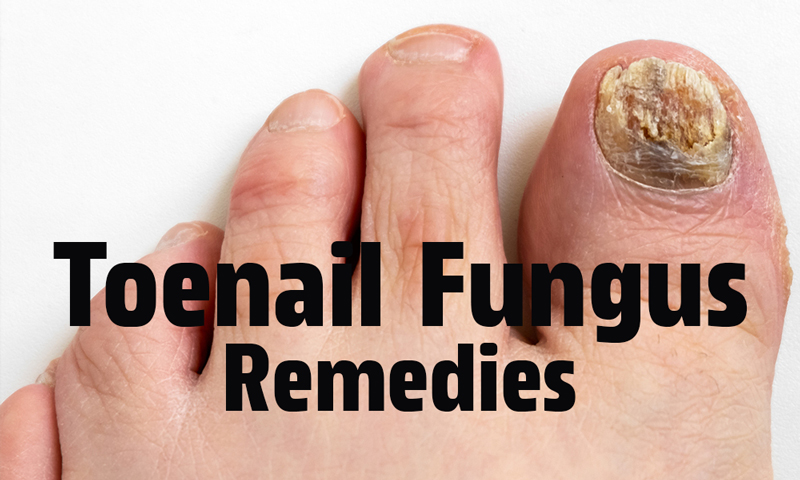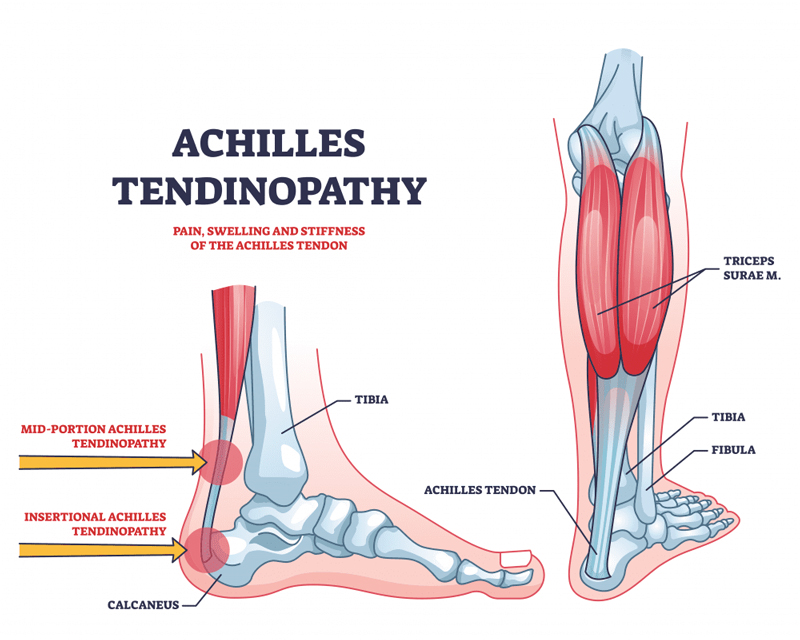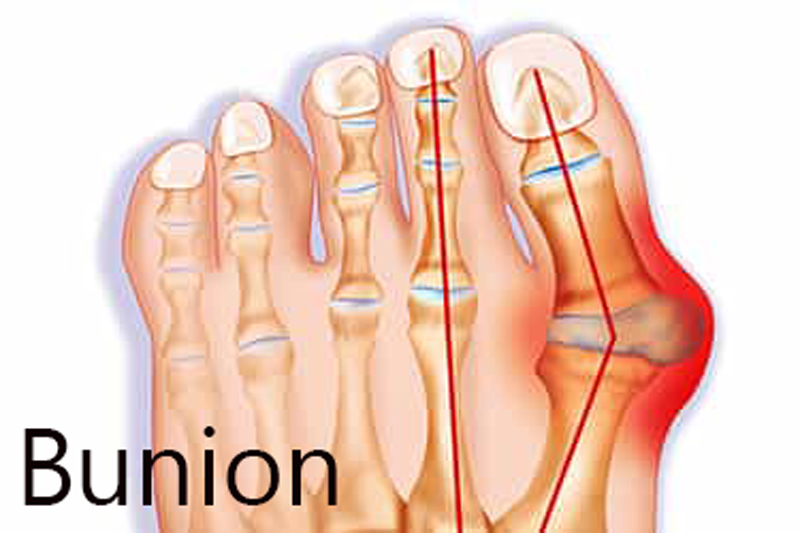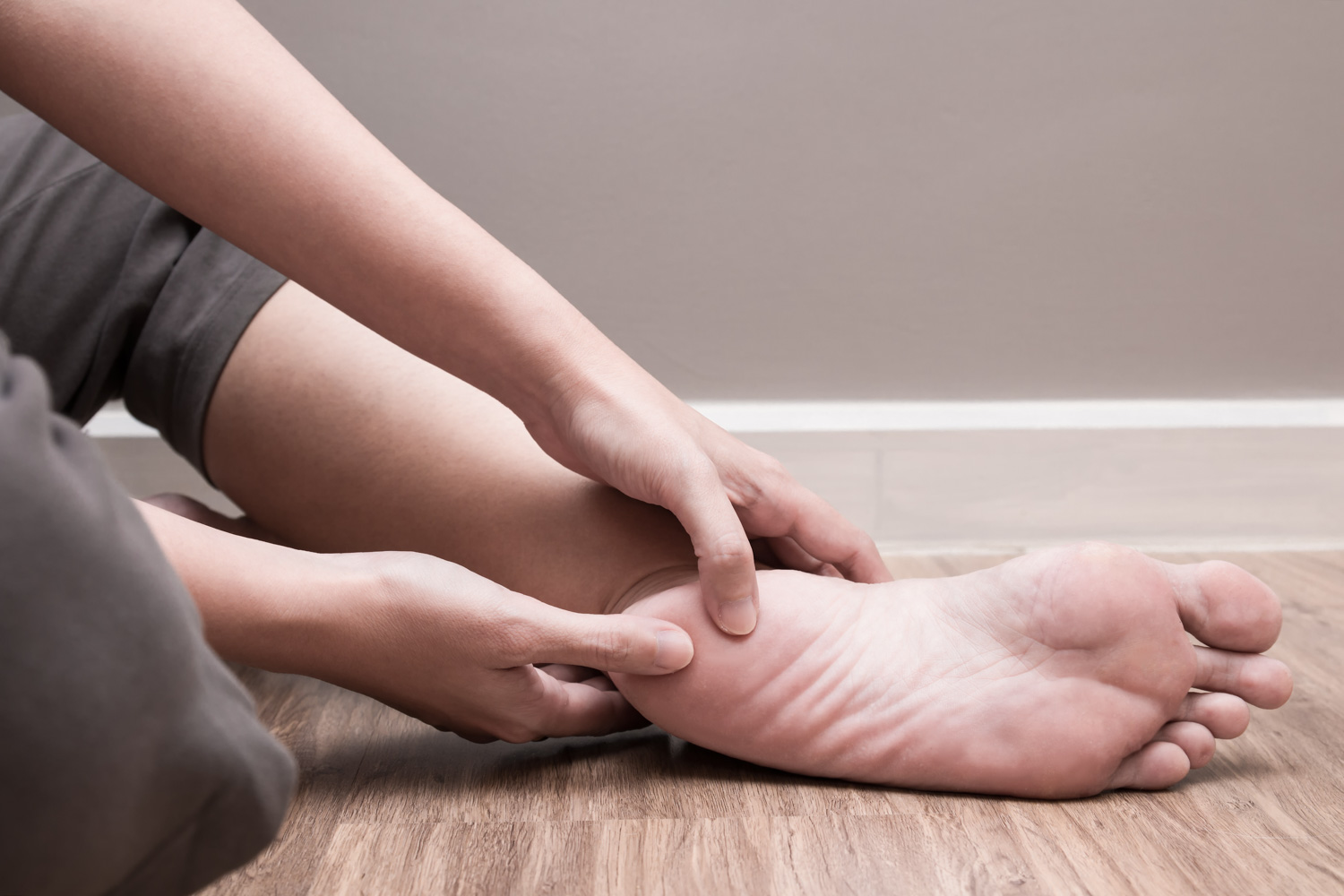Toenail Fungus Remedies
Nov. 13, 2023 #Heel Pain
Introduction
Toenail fungus, scientifically known as onychomycosis, is a common yet bothersome condition that affects millions of people worldwide. This fungal infection occurs when fungi, such as dermatophytes, invade the toenails, leading to various symptoms and aesthetic concerns.
In this comprehensive article, we will delve into the definition of toenail fungus, explore its causes and symptoms and highlight seven effective remedies for managing this condition. Additionally, we will discuss preventive measures to keep toenail fungus at bay.
Understanding Toenail Fungus
Toenail fungus, or onychomycosis, is a fungal infection that primarily affects the toenails but can also extend to the fingernails. Fungi, particularly dermatophytes, thrive in warm and damp environments, making the feet an ideal breeding ground. These microscopic organisms invade the nail bed through small cuts or separations between the nail and the nail bed, leading to the development of toenail fungus.
Causes of Toenail Fungus
1. Warm and Moist Environments:
One of the primary causes of toenail fungus is exposure to warm and moist environments. Areas such as swimming pools, gyms, and communal showers create an environment conducive to fungal growth. Wearing damp shoes and socks for extended periods can also contribute to the development of toenail fungus.
2. Poor Foot Hygiene:
Inadequate foot hygiene is a significant factor in toenail fungus. Failing to keep the feet clean and dry, especially after activities that cause the feet to sweat, increases the risk of fungal infections.
3. Nail Trauma:
Trauma to the toenails, such as repeated pressure or injuries, can create openings for fungi to enter and cause an infection. This is particularly common among athletes or individuals engaged in activities that put repetitive stress on the toes.
Symptoms of Toenail Fungus
Identifying toenail fungus in its early stages is crucial for effective treatment. Common symptoms include:
1. Discoloration:
Infected toenails often exhibit discoloration, with yellow or brown hues being common. In some cases, the nail may also turn white.
2. Thickening:
The affected toenail may become thicker than usual, making it difficult to trim or maintain proper hygiene.
3. Brittleness:
Toenails with fungal infections tend to become brittle and may crumble or break easily.
4. Distorted Shape:
The shape of the infected toenail may change, with irregularities such as curling or distortion becoming noticeable.
5. Foul Odor:
A foul odor emanating from the infected toenail is another indicator of toenail fungus. This odor is a result of the byproducts produced by the fungi.
6. Separation from Nail Bed:
As the infection progresses, the toenail may lift or separate from the nail bed, causing pain and discomfort.
7. Pain and Discomfort:
In advanced cases, toenail fungus can lead to pain and discomfort, especially when wearing shoes or applying pressure to the affected toenail.
Remedies for Toenail Fungus
While toenail fungus can be persistent, several remedies can help manage and alleviate the symptoms. It's important to note that individual responses to these remedies may vary, and consulting with a healthcare professional is advisable for severe cases. Here are seven effective remedies for toenail fungus:
1. Topical Antifungal Treatments:
Over-the-counter topical antifungal treatments, such as creams, ointments or nail lacquers, can be effective in treating mild to moderate cases of toenail fungus. These products typically contain active ingredients like terbinafine or ciclopirox, which work to eliminate the fungi causing the infection.
To apply, clean the affected toenail and surrounding area, then follow the product instructions for application. It's essential to be consistent with the treatment and continue application even after visible improvement to prevent the recurrence of the infection.
2. Oral Antifungal Medications:
In more severe cases or when topical treatments prove ineffective, oral antifungal medications may be prescribed by a healthcare professional. Medications such as terbinafine and itraconazole work from within the body to combat the fungal infection.
However, oral antifungal medications may have side effects and interact with other medications, so it's crucial to consult with a healthcare provider to determine the most suitable treatment plan. Regular monitoring may also be necessary to assess the medication's impact on liver function.
3. Vinegar Soaks:
Soaking the affected foot in a solution of vinegar and warm water can create an inhospitable environment for fungi. Vinegar, particularly apple cider vinegar, has antifungal properties that may help in managing toenail fungus.
To prepare a vinegar soak, mix equal parts water and vinegar in a basin. Soak the affected foot for 15-20 minutes, then thoroughly dry the foot. This remedy can be performed daily until improvement is observed.
4. Tea Tree Oil:
Tea tree oil, renowned for its antifungal and antibacterial properties, is a popular natural remedy for toenail fungus. Dilute tea tree oil with a carrier oil, such as coconut oil or olive oil, and apply it directly to the affected toenail.
It's important to perform a patch test before using tea tree oil, as some individuals may experience skin irritation. Consistent application over several weeks may be necessary for visible results.
5. Listerine Soaks:
The antifungal and antiseptic properties of Listerine, a popular mouthwash, make it a surprising yet effective remedy for toenail fungus. Create a foot soak by diluting Listerine with equal parts water and soaking the affected foot for 15-20 minutes.
The essential oils in Listerine, such as thymol and eucalyptol, contribute to its antifungal properties. Regular use of Listerine soaks may help in managing toenail fungus.
6. Garlic:
Garlic, known for its antimicrobial properties, can be used as a natural remedy for toenail fungus. Crush a few garlic cloves and mix them with olive oil to create a paste. Apply the paste to the affected toenail and cover it with a bandage.
Leave the garlic paste on for a few hours or overnight before removing it. Repeat this process daily until improvement is observed. Garlic supplements may also be considered, but it's advisable to consult with a healthcare professional before using them.
7. Probiotics:
Probiotics, beneficial bacteria that promote a healthy balance in the body, may contribute to managing toenail fungus. These microorganisms help combat the overgrowth of harmful fungi. Including probiotic-rich foods in the diet, such as yogurt, kefir, and sauerkraut, or taking probiotic supplements, may support overall fungal balance.
While probiotics can be beneficial, they should not replace other primary treatment methods. Combining probiotics with antifungal treatments may enhance the overall effectiveness of toenail fungus management.
Preventive Measures for Toenail Fungus
Preventing toenail fungus involves adopting good foot hygiene practices and making lifestyle changes to minimize the risk of infection. Here are some preventive measures to consider:
Keep Feet Clean and Dry:
Practice regular foot hygiene by washing your feet with soap and water. Dry your feet thoroughly, especially between the toes, to prevent the accumulation of moisture.
Choose Breathable Footwear:
Opt for shoes made from breathable materials, such as leather or mesh, to allow proper ventilation. Avoid tight-fitting shoes, as they can create a warm and damp environment ideal for fungal growth.
Change Socks Regularly:
Change your socks throughout the day, especially if they become damp. Moisture-wicking socks can help keep the feet dry and minimize the risk of fungal infections.
Use Antifungal Powder:
Apply antifungal powder to your feet and inside your shoes to create an inhospitable environment for fungi. This is particularly important if you have a history of toenail fungus or frequent fungal infections.
Practice Nail Care:
Keep your toenails trimmed and clean. Avoid sharing nail clippers or other personal care items to prevent the spread of fungal infections.
Protect Your Feet in Public Spaces:
Wear shower shoes or sandals in communal areas like swimming pools, gyms, and locker rooms to reduce the risk of exposure to fungi.
Avoid Trauma to the Nails:
Be cautious to avoid injuries or trauma to the toenails. Protect your toes during physical activities that may put extra stress on the nails.
Choose a Reputable Nail Salon:
If you frequent nail salons, ensure they follow proper hygiene practices. Sterilized tools and cleanliness can significantly reduce the risk of fungal infections.
Conclusion
Toenail fungus is a common condition that, while often not serious, can cause discomfort and affect the aesthetics of the nails. Understanding the causes, symptoms, and effective remedies is crucial for managing this condition. Whether opting for over-the-counter treatments, natural remedies, or a combination of both, consistency and patience are key to achieving positive results.
In addition to exploring remedies, adopting preventive measures is essential for reducing the risk of toenail fungus. By practicing good foot hygiene, making informed footwear choices, and being mindful of potential fungal environments, individuals can take proactive steps to maintain healthy and fungus-free toenails.
It's important to note that severe or persistent cases of toenail fungus may require professional medical intervention. Consulting with a healthcare provider can provide personalized guidance and ensure that the chosen remedies align with individual health conditions and considerations. With a comprehensive approach to toenail fungus, individuals can reclaim healthy and beautiful toenails while minimizing the risk of recurrence.









COMMENTS